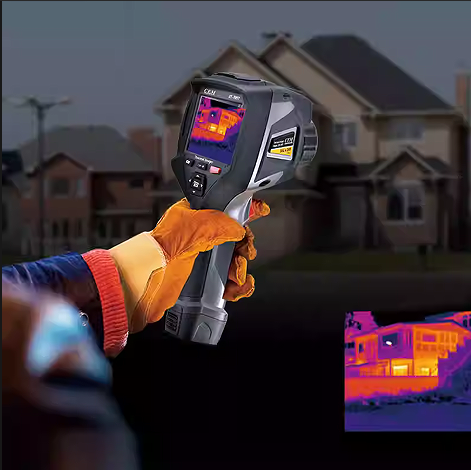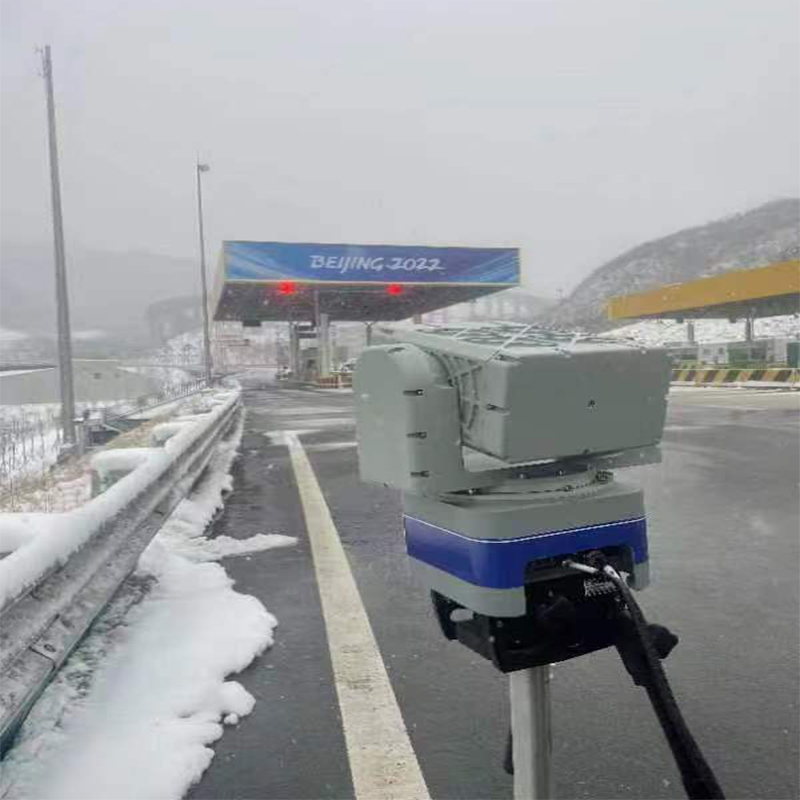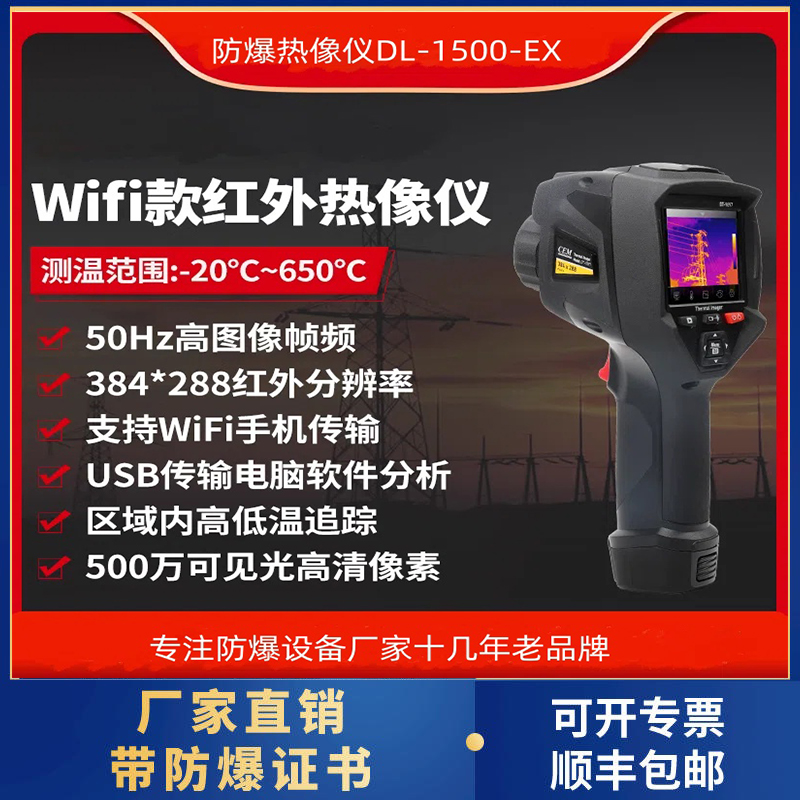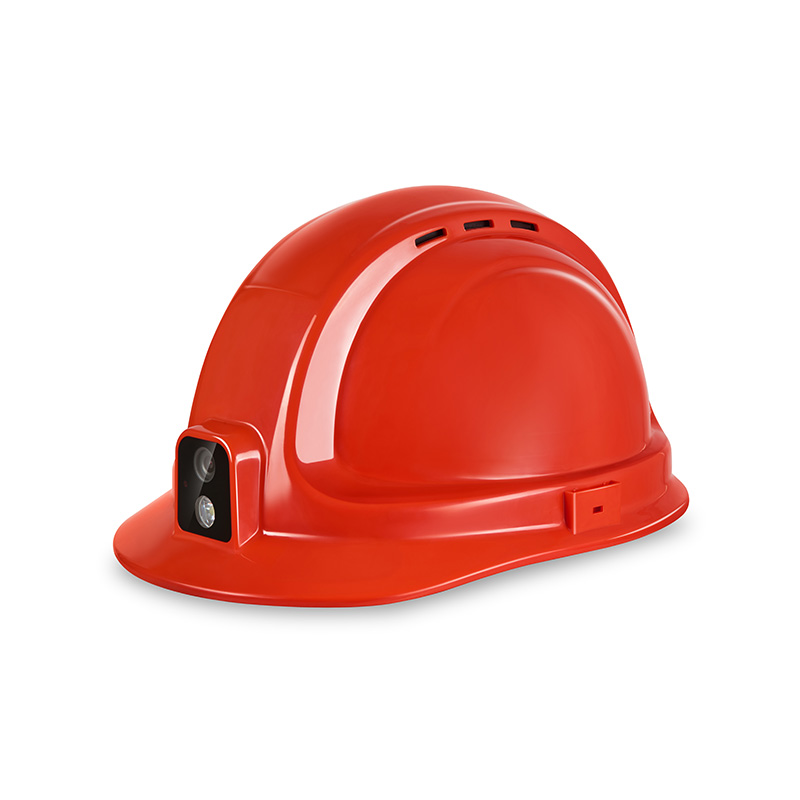防爆基础知识:
可燃性气体和蒸气的爆炸特性
可燃性气体和蒸气的爆炸特性
1.燃烧和爆炸产生的条件
燃烧是人们十分熟悉的一种自然现象,它是一种氧化反应,氧化反应放出热量,当反应放出的热量使反应介质温度升高到一定程度时,可以形成可见的火焰。
可控条件下的燃烧和爆炸可为人类服务。
失控的燃烧和爆炸能造成人员伤亡和财产损失。
可燃性物质例如氢气、乙炔、甲烷等可燃性气体,汽油、柴油、苯等可燃性液体以及煤尘和棉花纤维等可燃性粉尘纤维等能够形成燃烧或爆炸。但是,形成燃烧和爆炸必须具备一定条件。
下述条件在时间和空间上相遇,才会产生燃烧或爆炸:
燃烧剂,例如氢气,汽油等;
氧化剂,例如氧气,空气等;
点燃源,例如明火,火花,电弧,高温表面等。
上述条件被称为形成燃烧和爆炸的三要素。
工程上采取措施,防止三要素同时存在,防止出现火灾和爆炸危险。
2.可燃性气体和蒸气的安全参数:
可燃性气体和蒸气在点燃和爆炸的过程中有许多理化参数,与防爆安全有直接关系的有以下几个:
爆炸界限----可燃性气体或蒸气与空气的混合物只有在某个浓度范围内才能爆炸(燃烧),超出此范围就不会被点燃,这一范围的最高点和最低点分别称为爆炸上限和爆炸下限。
爆炸界限常用可燃性物质在可燃性混合物中的体积百分比(浓度)表示,例如,甲烷的爆炸下限是5。0%(体积比),爆炸上限是15%(体积比)。可燃性物质的浓度低于爆炸下限的混合物可以称作“过稀”,浓度高于爆炸上限可以
称作“过浓”,过浓或过稀的混合物不能形成爆炸或燃烧。工程上采用通风的方法降低环境中可燃性物质的浓度,以便避免爆炸危险。当环境中的可燃性物质的浓度低于爆炸下限的25%时,可认为该环境是安全的。
Explosive properties of flammable gases and vapors
1. Conditions for combustion and explosion
Combustion is a natural phenomenon that people are very familiar with. It is an oxidation reaction that emits heat. When the heat released by the reaction raises the temperature of the reaction medium to a certain degree, a visible flame can be formed.
Combustion and explosion under controlled conditions can serve human beings.
Uncontrolled combustion and explosion can cause casualties and property damage.
Combustible substances such as hydrogen, acetylene, methane and other flammable gases, flammable liquids such as gasoline, diesel, benzene, and flammable dust fibers such as coal dust and cotton fibers can form combustion or explosion. However, certain conditions must be met for the formation of combustion and explosion.
The following conditions will meet in time and space before they will burn or explode:
Combustion agent, such as hydrogen, gasoline, etc .;
Oxidizing agents, such as oxygen, air, etc .;
Ignite sources, such as open flames, sparks, arcs, hot surfaces, etc.
The above conditions are referred to as the formation of three elements of combustion and explosion.
Take engineering measures to prevent the three elements from coexisting and prevent fire and explosion hazards.
2. Safety parameters of flammable gas and vapor:
Flammable gases and vapors have many physical and chemical parameters during ignition and explosion. The following are directly related to explosion-proof safety:
Explosion limit-the mixture of flammable gas or vapor and air can only explode (burn) within a certain concentration range, and beyond this range it will not be ignited. The highest and lowest points in this range are called explosions, respectively Upper limit and lower explosive limit.
The explosion limit is usually expressed as the volume percentage (concentration) of flammable substances in the flammable mixture. For example, the lower explosion limit of methane is 5.0% (volume ratio) and the upper explosion limit is 15% (volume ratio). Mixtures with flammable substances whose concentration is lower than the lower explosive limit can be called "excessively diluted", and those whose concentration is higher than the upper explosive limit can be
Known as "excessive concentration", a mixture that is too rich or too thin cannot form an explosion or burn. The project uses ventilation to reduce the concentration of flammable substances in the environment in order to avoid the risk of explosion. When the concentration of flammable substances in the environment is less than 25% of the lower explosion limit, the environment may be considered safe.
 0755-21041124
0755-21041124 















 在线咨询
在线咨询 

